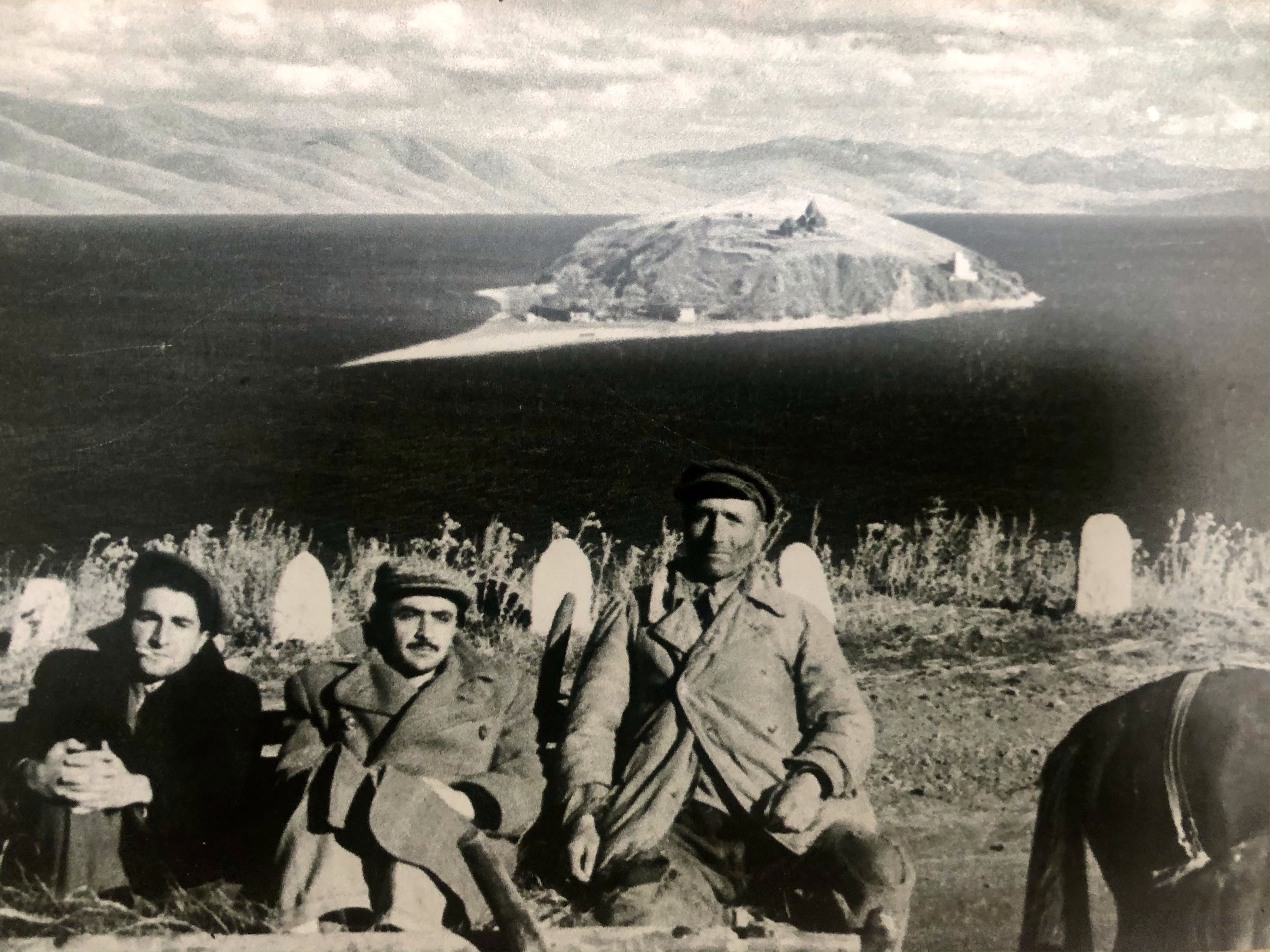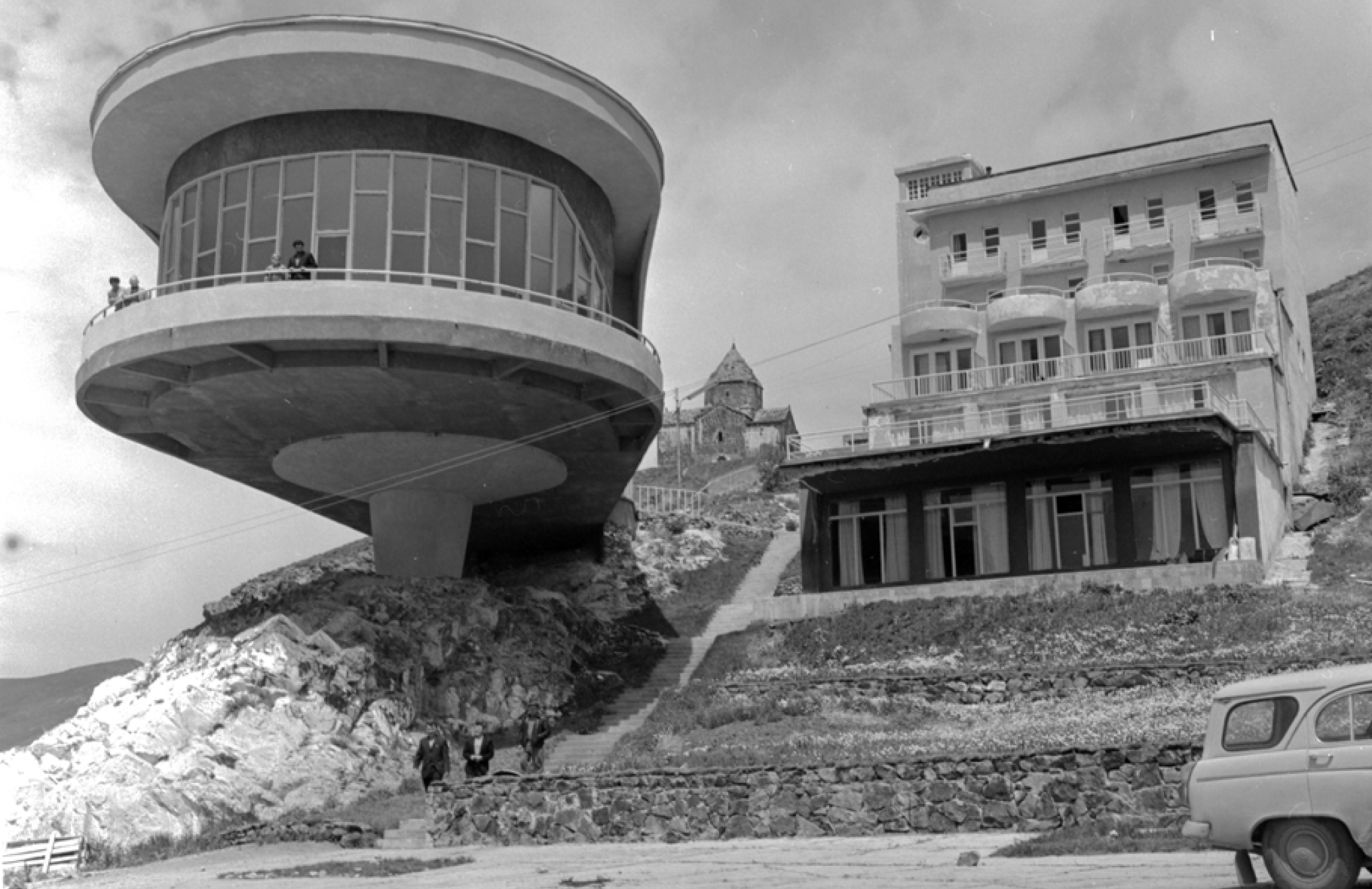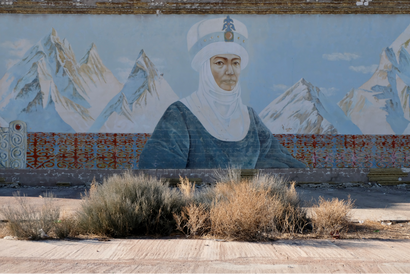Armenia’s Modernist Masterpiece: Lake Sevan Writers Retreat

“Perched on a rocky shelf on the shore of Lake Sevan is a writer’s retreat that’s now a hotel. It’s seen better days. Much better days.”
In the 1930s, the Writers’ Union of the Armenian Soviet Socialist Republic commissioned a writer's retreat to be built on Sevan Island. Armenian architects, Mikael Mazmanyan and Gevorg Kochar, both designed the boxy four-tiered concrete building overlooking Lake Sevan - a striking expression of the Soviet avant-garde.

Around the time that the retreat first opened to writers, Sevan Island was in the middle of a dramatic transformation. At the recommendation of Armenian engineer, Sukias Manasserian, the Soviet state diverted the water from Lake Sevan to irrigate the Ararat plain and generate hydroelectric power. Over the next two decades, the lake’s water level fell by around 20 metres, and Sevan Island became a peninsula.
In 1937, not long after the retreat hosted its first guests, Kochar and Mazmanyan were arrested and banished to the Arctic Circle. Stalin considered the avant-garde the enemy of the people, and artists who practiced it were counter-revolutionaries. The involvement of both architects in avant-garde groups meant that their fate was sealed. They would spend the next 15 years in Norilsk before being “rehabilitated” after Stalin’s death.

In the early 1960s, after his return to Armenia, Kochar was commissioned to design a lounge and cafe wing for the same retreat he’d designed 30 years earlier. With all the hallmarks of Soviet modernism, the second protruding rounded wing sits harmoniously beside the boxy hotel from an earlier architectural epoch. With its curved glass front, the building cantilevers out towards the lake, supported by one thick concrete leg.
Still owned by the Writers’ Union of Armenia, the hotel is dilapidated. In 2016, it received a grant from the Getty Foundation to be put towards its restoration. In 2021, a friend and I spent one night at the hotel. It was a unique experience, a living modernist museum masterpiece in decline.
If you're interested in reading more about this part of the world, I would recommend checking out Matt Breen's fantastic and often funny blog 'Istanbul to Baku'.

Comrade Kiev creates sustainable, ethical, design-led tours to the most incredible places on earth. We’ve built close relationships with local guides, and will work with you to create an extraordinary trip which fits your budget, timeline and interests. Follow in the footsteps of legendary polar explorers, climb smoking volcanoes in the remote Far East, or cross the endless Gobi desert on camelback. We’ll take you there. We’ll get you closer. Explore our tours.






